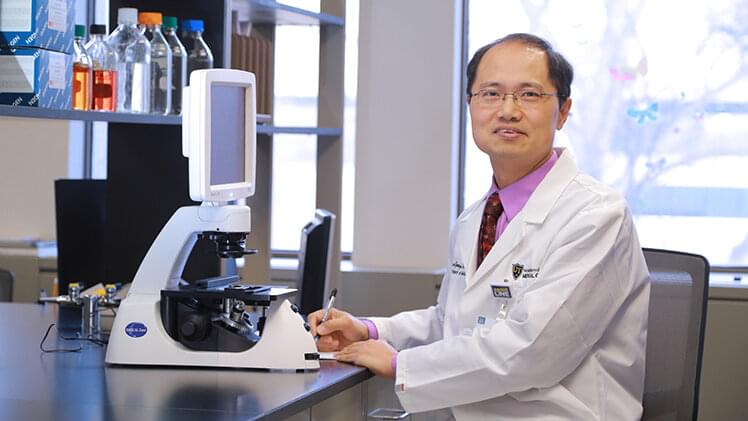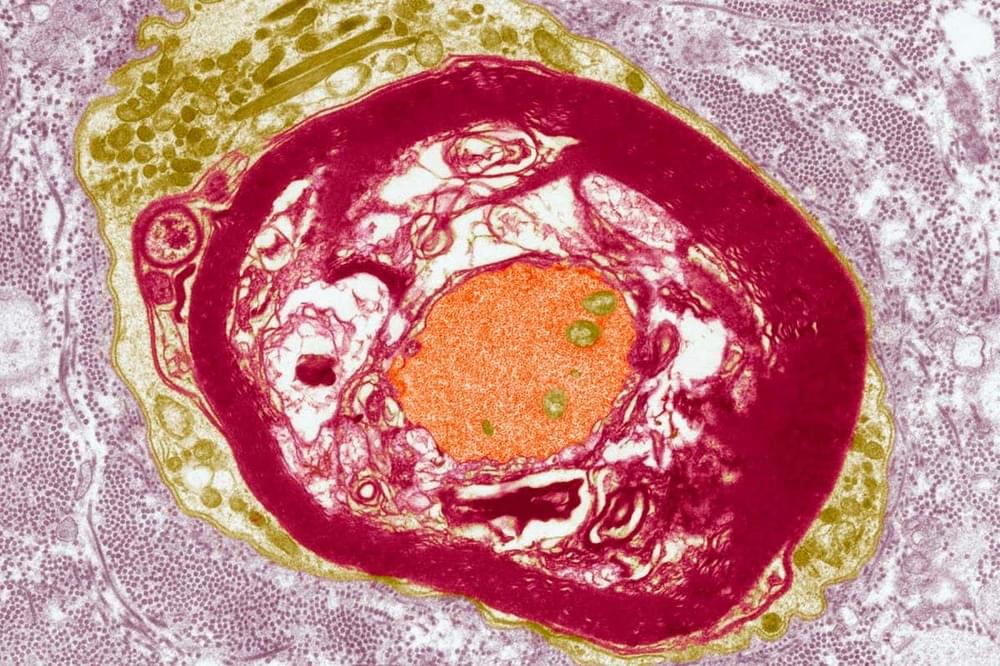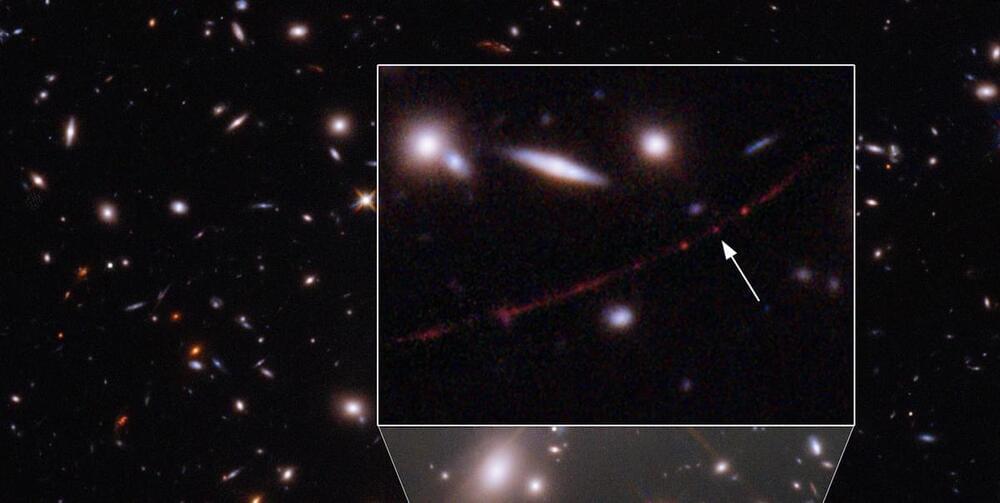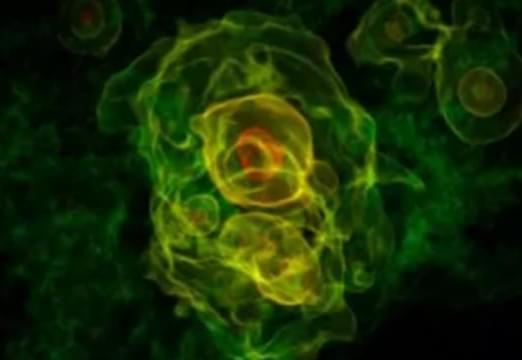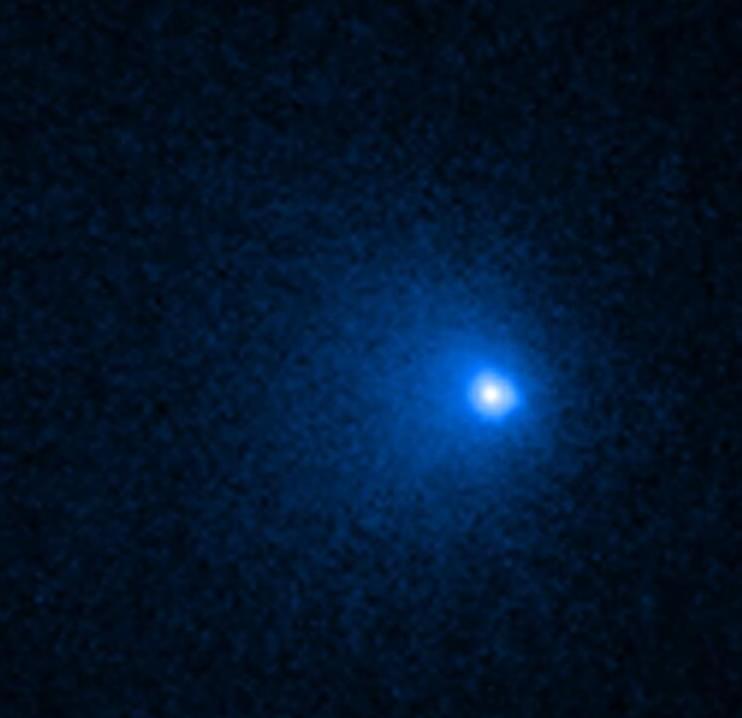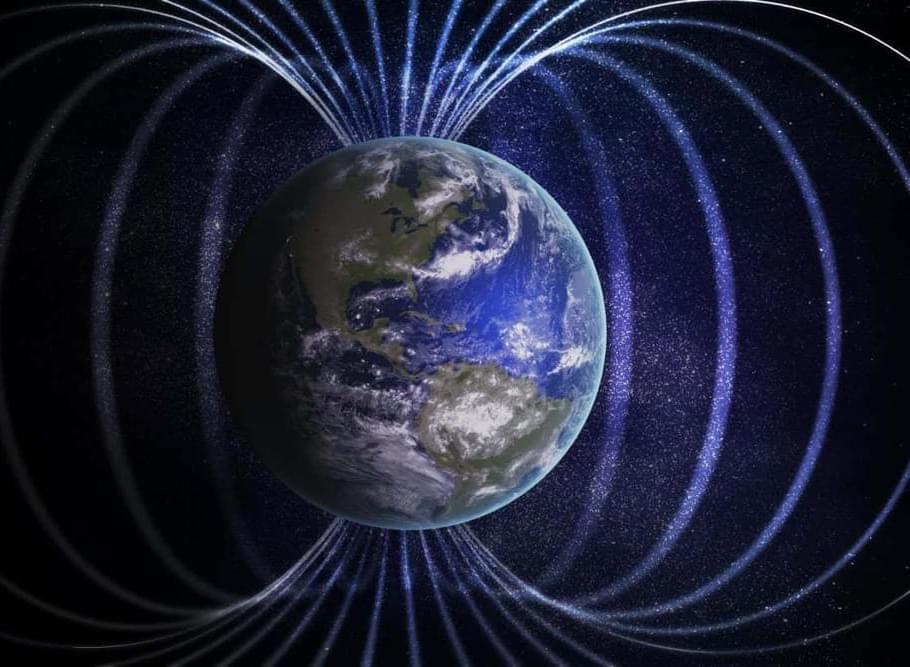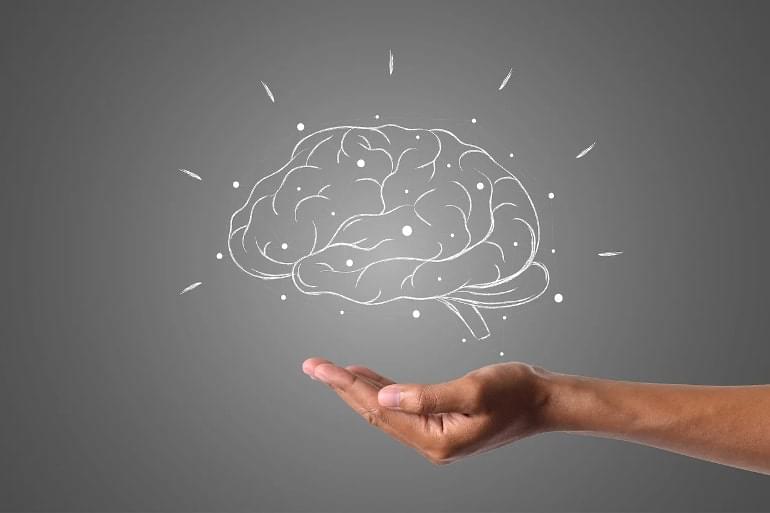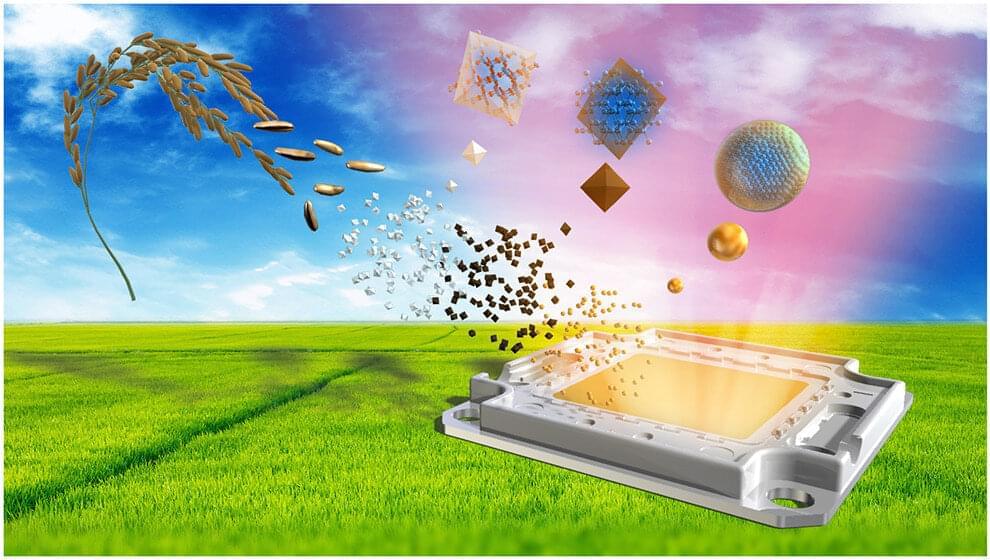Page 4900
Apr 13, 2022
Low-dose lithium may slow kidney aging
Posted by Shubham Ghosh Roy in category: life extension
Best known therapeutically as a treatment for bipolar disorder, lithium has long intrigued researchers with its potential age-defying properties.
The element has been shown in lab experiments to extend the lifespan of fruit flies and roundworms, while observational studies have suggested tap water naturally laced with trace amounts of lithium might improve human longevity.
Researchers at The University of Toledo have recently found that low-dose lithium acts as a powerful anti-aging agent in the kidneys.
Apr 13, 2022
Moog opens spacecraft-integration facility
Posted by Genevieve Klien in category: space travel
COLORADO SPRINGS — Moog Inc. is quadrupling the size of its Colorado space vehicle production capacity as the New York-based company long known as a spacecraft component supplier expands its role as a space vehicle integrator.
“It’s a proud moment for our company,” Maureen Athoe, Moog Space and Defense Group president, told SpaceNews. “This step takes us to the mission level. We’re going to hear from our customers about what they need not just with components, but with the actual mission.”
This year, Moog is scheduled to integrate nine space vehicles in its new 8,800-square-meter facility in Arvada, Colorado, and its existing 3,000-square-meter plant nearby.
Apr 12, 2022
MS reversed by transplanted immune cells that fight Epstein-Barr virus
Posted by Shubham Ghosh Roy in categories: biotech/medical, neuroscience
In a small trial, immune cells that fight the Epstein-Barr virus have stopped the progression of multiple sclerosis, an autoimmune condition that can lead to symptoms, such as difficulty walking, that worsen over time.
Apr 12, 2022
NASA Recently Found the Farthest Star Ever Seen, Thanks to a Ripple of Space-Time
Posted by Shubham Ghosh Roy in category: space
Like something out of a sci-fi movie, the Hubble Space Telescope discovered the most distant star ever seen—through a cosmic fluke.
Nicknamed “Earendel,” the star’s light took 12.9 billion years to reach Earth, and scientists believe it emitted light throughout the first billion years of our universe’s existence. Beside its age, Earendel’s position is also curious. According to NASA, Hubble was able to detect the star thanks to gravitational lensing, a phenomenon in which a massive object (like a galaxy) warps the fabric of space. When light reaches the warped space, it can act like a magnifying glass and highlight objects we’d otherwise have a difficult time seeing.
And that’s how Earendel—whose Old English name is akin to “morning star” or “rising light”—was found (though Tolkien fans will recognize it as a riff on Eärendil, the half-Elven seafarer who carried a Silmaril).
Apr 12, 2022
When It Comes to Science We Need to Understand the Past to Divine the Future
Posted by Len Rosen in categories: cosmology, science
How we came to exist is best stated in the Barenaked Ladies’ lyric “It All Started with the Big Bang,” the moment that space-time began.
Inflatons, gravitons, and Dark Matter are the story that is emerging immediately following The Big Bang.
Apr 12, 2022
NASA spots record-breakingly huge comet headed towards us
Posted by Shubham Ghosh Roy in category: space
Vast object is falling towards the middle of the solar system – but will stop before it reaches us.
Apr 12, 2022
Earth’s magnetosphere replicated in miniature using lasers and magnets
Posted by Shubham Ghosh Roy in category: satellites
The first 3D model of Earth’s magnetosphere could help us better understand how satellites cope with space weather.
Apr 12, 2022
Genetic Link Between Routine Blood Test Results and Mental Health Disorders Discovered
Posted by Kelvin Dafiaghor in categories: biotech/medical, chemistry, genetics, neuroscience
Summary: Researchers identified a genetic correlation between blood biomarkers and a range of mental health disorders. The study provides evidence some substance measures within the blood may be involved in the cause of mental illnesses. For example, immune system proteins may be involved in the development of depression, schizophrenia, and anorexia.
Source: The Conversation.
Mental health disorders including depression, schizophrenia, and anorexia show links to biological markers detected in routine blood tests, according to our new study of genetic, biochemical and psychiatric data from almost a million people.
Apr 12, 2022
World’s first LED lights developed from rice husks
Posted by Chima Wisdom in categories: chemistry, computing, engineering, food, nanotechnology, quantum physics, sustainability
Milling rice to separate the grain from the husks produces about 100 million tons of rice husk waste globally each year. Scientists searching for a scalable method to fabricate quantum dots have developed a way to recycle rice husks to create the first silicon quantum dot (QD) LED light. Their new method transforms agricultural waste into state-of-the-art light-emitting diodes in a low-cost, environmentally friendly way.
The research team from the Natural Science Center for Basic Research and Development, Hiroshima University, published their findings on January 28, 2022, in the American Chemical Society journal ACS Sustainable Chemistry & Engineering.
“Since typical QDs often involve toxic material, such as cadmium, lead, or other heavy metals, environmental concerns have been frequently deliberated when using nanomaterials. Our proposed process and fabrication method for QDs minimizes these concerns,” said Ken-ichi Saitow, lead study author and a professor of chemistry at Hiroshima University.

